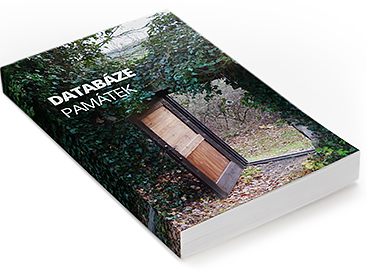
Cemeteries
The most prominent investor in the reconstruction of Jewish heritage sites in the Czech Republic is the Jewish Community of Prague. Alongside it, the Jewish Community in Brno secures a continuous renovation of Jewish heritage in Moravia. The heritage sites not cared for by these communities have been moved into the possession of the Federation of Jewish Communities in the Czech Republic, which created a long-term Renovation Project to rescue Jewish heritage sites in the Czech Republic.
One of the fundamental tasks after 1989 was to establish the piety of surviving cemeteries. Caring for cemeteries was the religious duty of every Jewish community and its funeral fraternity. Cemeteries were, especially in the past, established in secluded areas, which is one of the reasons why there are more surviving cemeteries than other heritage sites. Of the more than four hundred Jewish cemeteries in the Czech lands, seventy were destroyed during the occupation and others during the post-war period. During the Communist era, they were systemically devastated, the cemetery walls and tombstones themselves stolen for building materials or for deliberate destruction.
There are 340 cemeteries in the Czech Republic and 25 Jewish sections in municipal cemeteries. The age of the cemeteries and tombstones dates from the 15th century to the 21st century. Their current state ranges from well-preserved cemeteries to utterly devastated ones where we would hardly find a place of piety. It was not an exception for these final resting places to be robbed and destroyed. Valuable tombstones were misused, and stone walls alongside cemetery buildings were dismantled. Fortunately, in the last twenty years, Jewish cemeteries have begun to reclaim their dignity.
In many places, cemeteries are the only reminders of former Jewish communities. Tombstones are often the only evidence of those deceased, and the epitaphs provide information about the deceased and a particular time and society. Only a few tombstone fragments from closed cemeteries in Brno, Cheb, Znojmo, and Prague are known from the period until the 15th century, with the oldest being from Znojmo, dating back to 1256. On various occasions, an exceptionally old tombstone is found. For example, in 2011, a rare tombstone from the 14th century was found in a Brno cemetery, which was established in the 19th century. It is debated whether it has been moved here from an older cemetery. The tombstone dates back to 1380.
Cemeteries with tombstones dated earlier than 1500 may be found only in Prague and Kolín. Moreover, there are only a few cemeteries with tombstones from the 16th century; some may be found in Prague, Kolín, Brandýs nad Labem, Ivančice, Mladá Boleslav, Libochovice and Stráž. There were few local burial grounds in the Middle Ages and the early modern period. Thus, Jewish people transferred their deceased to far-away cemeteries located in areas with larger Jewish communities. Cemeteries were often established in remote areas for which there was no other use, or the Christian population was reluctant to utilise them due to various reasons such as their proximity to execution grounds, etc. In the post-emancipation era, there is a record of a general increase in the establishment of Jewish cemeteries, which were, in some instances, founded as part of municipal cemeteries.
Marking the burial place with a visible and least perishable sign is an age-old custom, with the most suited material being the stone. The biblical tradition meticulously describes the burial at Machpelah, pointing to its importance (Genesis 23:1-20). The Torah also describes how Jacob marked Rachel’s grave (Genesis 35:20). Tombstones are a unique and tangible proof of human existence while serving as a crucial source for learning about Jewish history. Moreover, they often have an artistic and historical value.
Renovation and maintenance of Jewish cemeteries
From WWII until 1990, there was no systematic care and attention devoted to Jewish cemeteries and adjacent architectural objects. If there were some cases of interest in Jewish heritage sites, it was only marginal. Maintenance was only minimal; architectural objects were decayed, perimeter walls were damaged, and many parts of cemeteries were transformed into impenetrable bushes filled with old fallen trees and branches. Many tombstones spontaneously overturned, falling to the ground, while some were broken down. Such a state of disrepair was made worse by frequent vandalism and stealing. Water leaks and dampness increasingly impacted buildings. The gradual decay manifested in vanishing valuable artistic details and architectural elements. Despite these manifestations of ruination, most of the surviving tombstones stand as impressive stone sculptures with plastic decoration and symbolism, including vegetal ornamentation accompanied by Jewish symbolic motifs.
The Jewish Community of Prague (and later, the Federation of Jewish Communities in the Czech Republic) has been caring for these heritage sites since 1992. Since this year, together with the Matana organisation, it has taken care of the neglected and often extensively damaged cemeteries. The critical condition for cemetery maintenance and continual renovation was the appointment of a cemetery caretaker responsible for the essential maintenance whose regular presence diminishes the risk of devastation and theft of tombstones. The next step was the removal of woody plants and other unwanted vegetation from cemetery grounds, followed by repairs of perimeter walls, reconstruction of mortuaries, ceremonial halls and cemetery buildings or the preservation of their current state: these buildings are currently used as the caretaker’s facilities or as accommodation spaces (Havlíčkův Brod, Turnov, Mladá Boleslav, Heřmanův Městec, Brandýs nad Labem), or they house small exhibitions about the history of local Jewish communities (Turnov, Mladá Boleslav, Brandýs nad Labem, Rakovník, Žamberk, Pardubice, Benešov, Votice, Pacov).
Cemeteries are particular sites for treating and cutting down trees, especially regarding work safety requirements. Below the trees are historically valuable tombstones, walls, etc., which the falling parts of cut-down trees must not damage. From a historical perspective, the trees in many sites have not been treated appropriately for a long time, and no management of the vegetation has taken place. This impacted the health of the trees and their density. Many woody plants are growing out of tombstones or close together and with horticultural value. The maintenance deals with vegetation in the context of individual cemeteries and locations and the surrounding environment, considering its ecological, historical, and aesthetic value. A professional company carries out all work according to current laws, ordinances, and rules for environmental care in the Czech Republic. Planned maintenance is discussed with relevant authorities and aligned with other landscaping objectives in specific locations. The sites may be found in urban areas and the countrysid.
Rescue work and restoration of tombstones
In the case of a listed site, all work is carried out by a professional and licensed restorer. The essential works are, for example, the raising of tombstones, new foundations, the replacement of faulty and damaged parts, their repair and renovation, and the restoration of metal elements, including the fences.
The most pressing cause of the decay of funerary monuments is, alongside thefts and vandalism, the gradual deterioration of the static stability of tombstones. Many buckle and eventually collapse due to erosion or simple ageing of the former foundation structure. As the tombstones collapse, their materials and individual parts are irrecoverably damaged, impacting the surrounding tombstones, which would otherwise remain intact. Furthermore, the unstable tombstones are a danger to visitors to the cemetery.
Documentation
Since around 2010, Matana a.s. added the documentation of Jewish cemeteries to its administration activities. The impetus was the fact that Jewish tombstones face inclement weather and even vandalism. Documenting their current condition is, thus, a crucial act and a significant contribution to future developments. The documentation practices were supported by the Rothschild Foundation, the Czech-German Fund for the Future, the Foundation for Holocaust Victims, and others.
• The list of documented cemeteries can be accessed [here]
• The documentation of Jewish cemeteries in Moravia and Silesia can be accessed via https://cemeteries.zob.cz
The most crucial phase of the documentation process is the production of high-quality photographs using the location plans of the individual cemeteries, in which each tombstone is given its registration number. The photo-documentation process employs side lighting that enables one to capture even the most minor details of the stone and read the inscription, which would otherwise remain illegible. The benefit of this method is immense in comparison to conventional photographs. The technique achieves even better results when photo-documentation occurs during minimal sunlight. More than a decade of experience has brought results; the mode of lighting and other conditions (such as meticulous cleaning of the photographed tombstone and its surroundings) are the prerequisites for high-quality photographs.
The photographs are the basis for producing the database, which includes a Hebrew name, date, the conversion of the Jewish date to the civil calendar, and other information (surname, the name of the father or the husband, position within the community, etc.). The results of the database provide numerous new findings. Using the oldest surviving tombstone, we can determine the cemetery's age, identify distinguished families of those buried, and construct a detailed image of the Jewish community as it evolved while using other archival sources as supplemental information. In some cases, however, the database is the only historical source for a given location, as no other written sources have survived. Professional photo-documentation thus enables us to preserve inscriptions on the photographed tombstones for future researchers.
Considering that it is not feasible to rescue all tombstones from gradual erosion, photo documentation is the best way to preserve this cultural heritage. Optimally, all the surviving tombstones should be documented in the future.




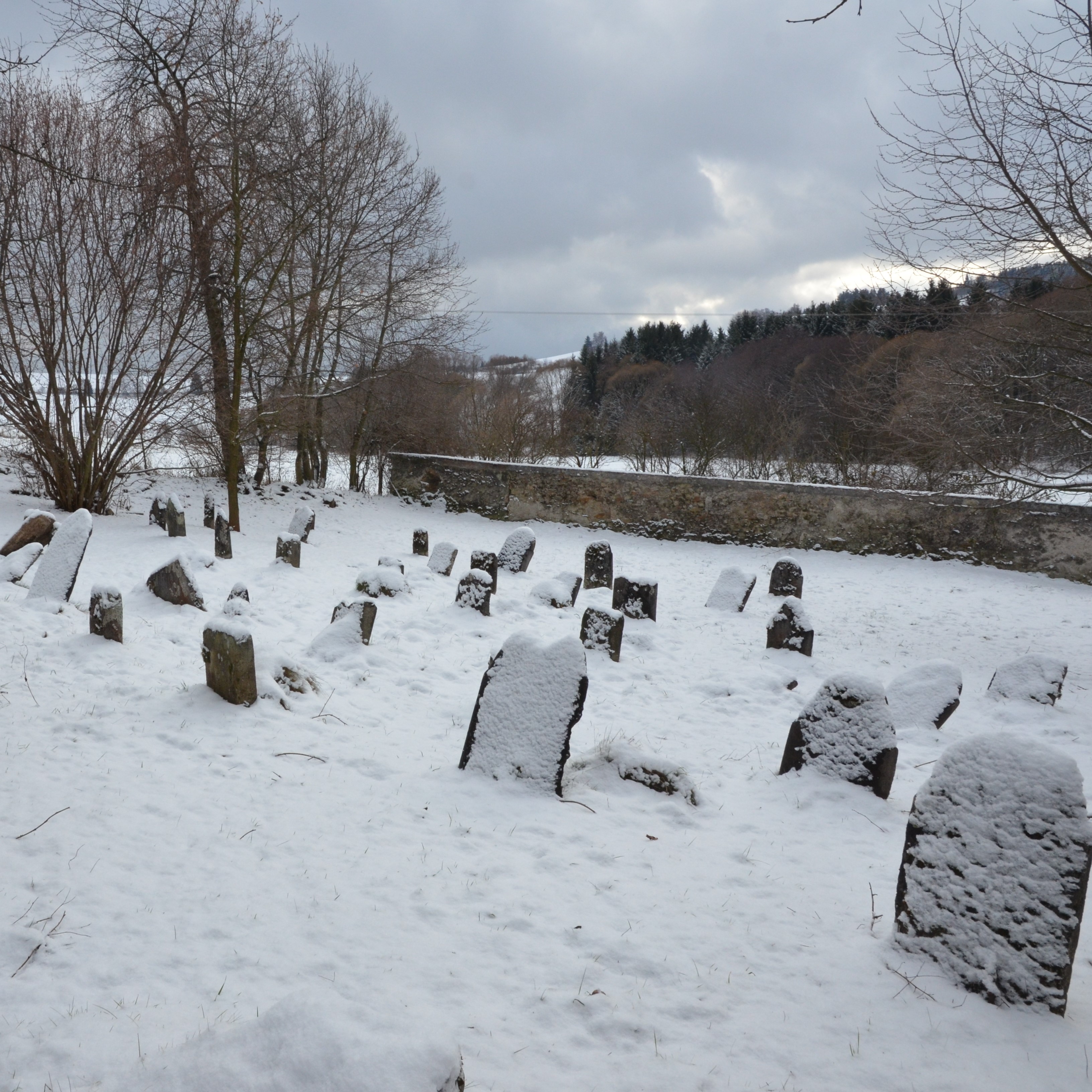
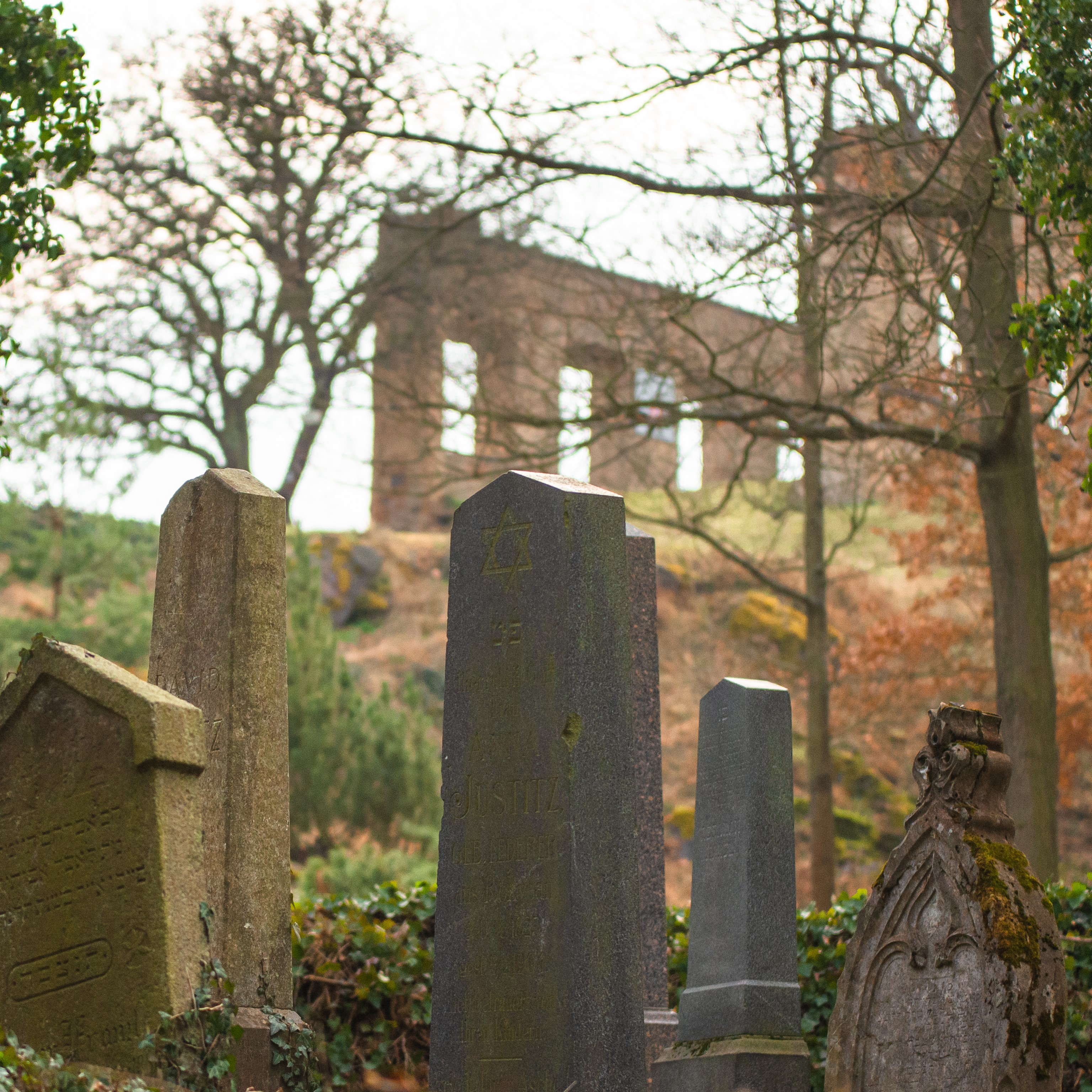
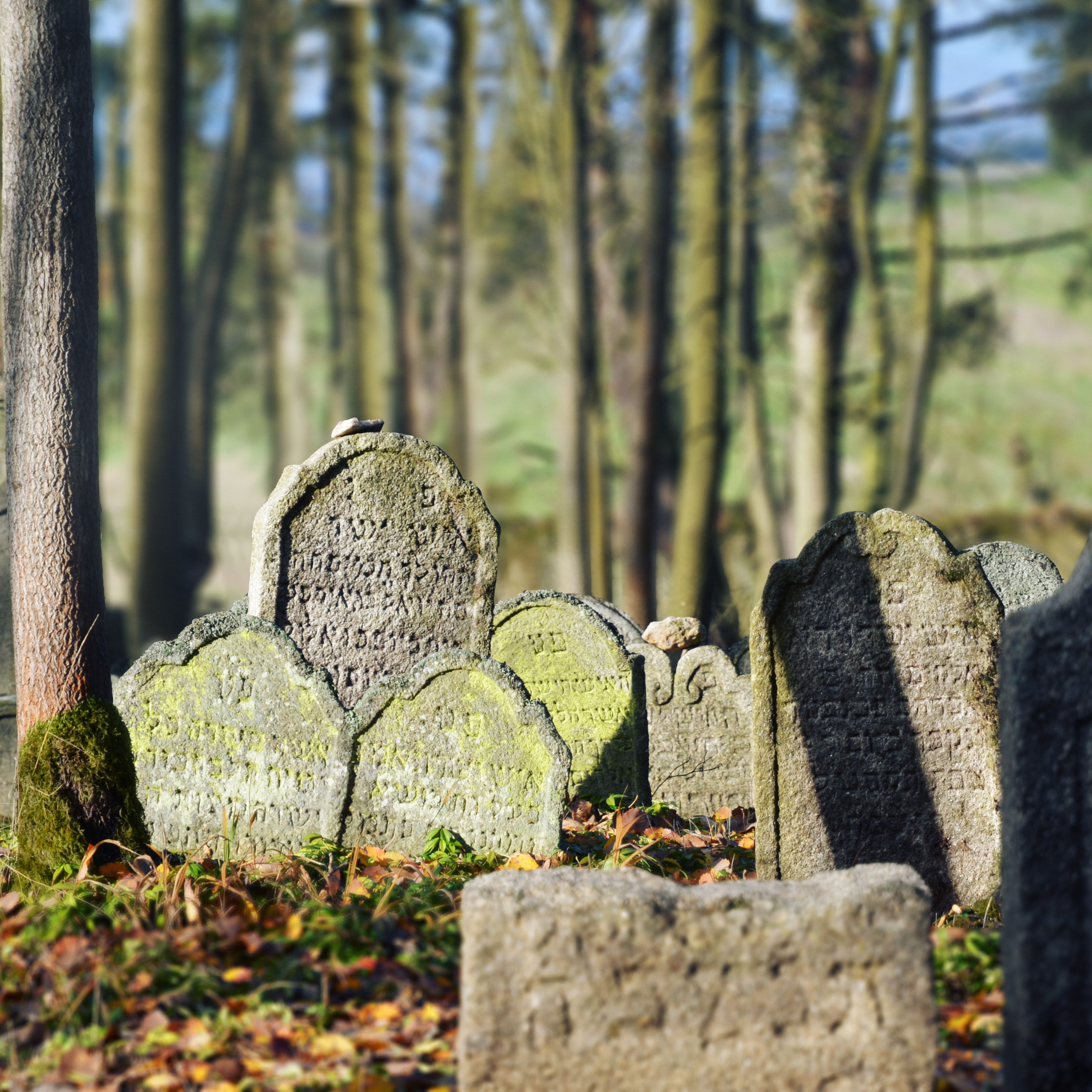
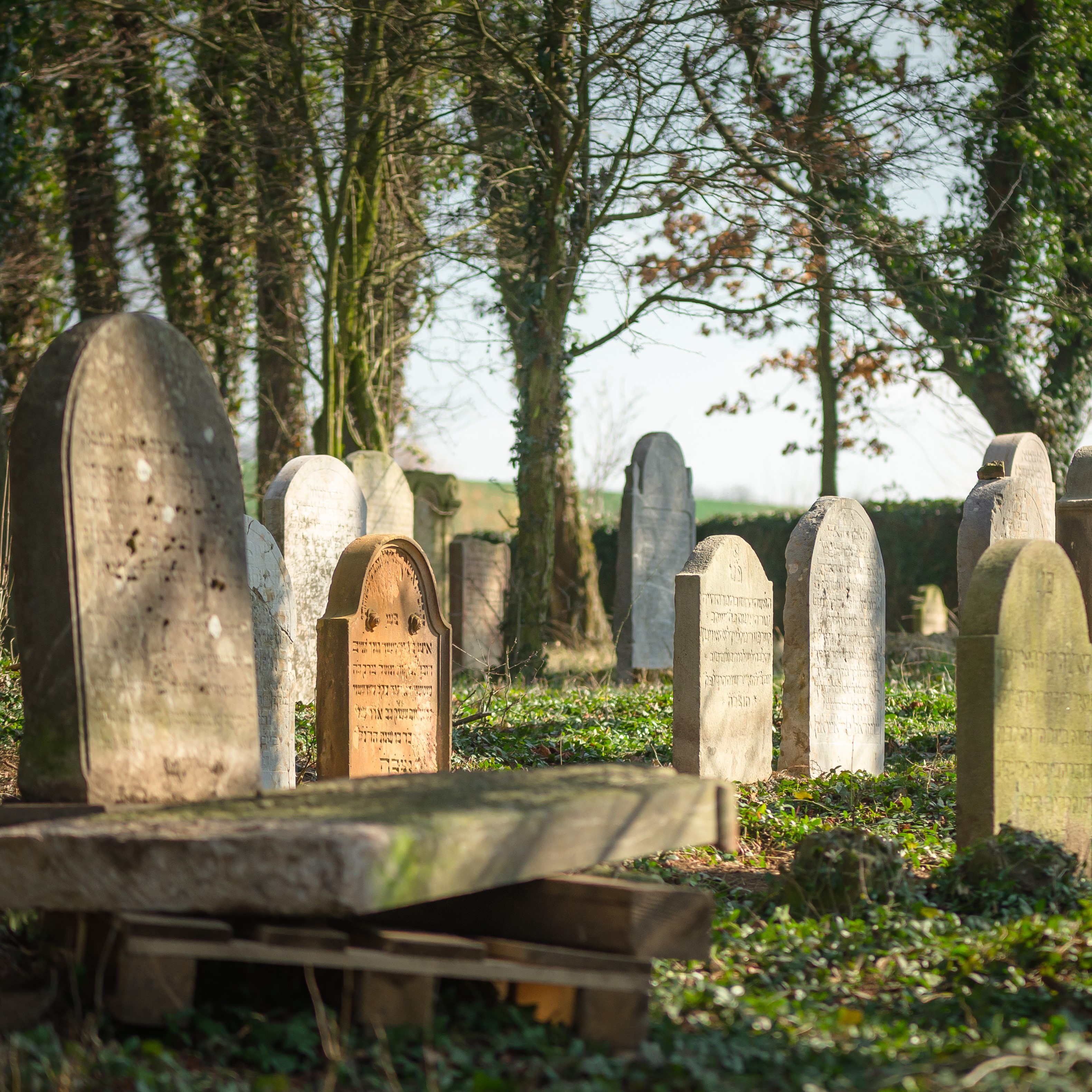
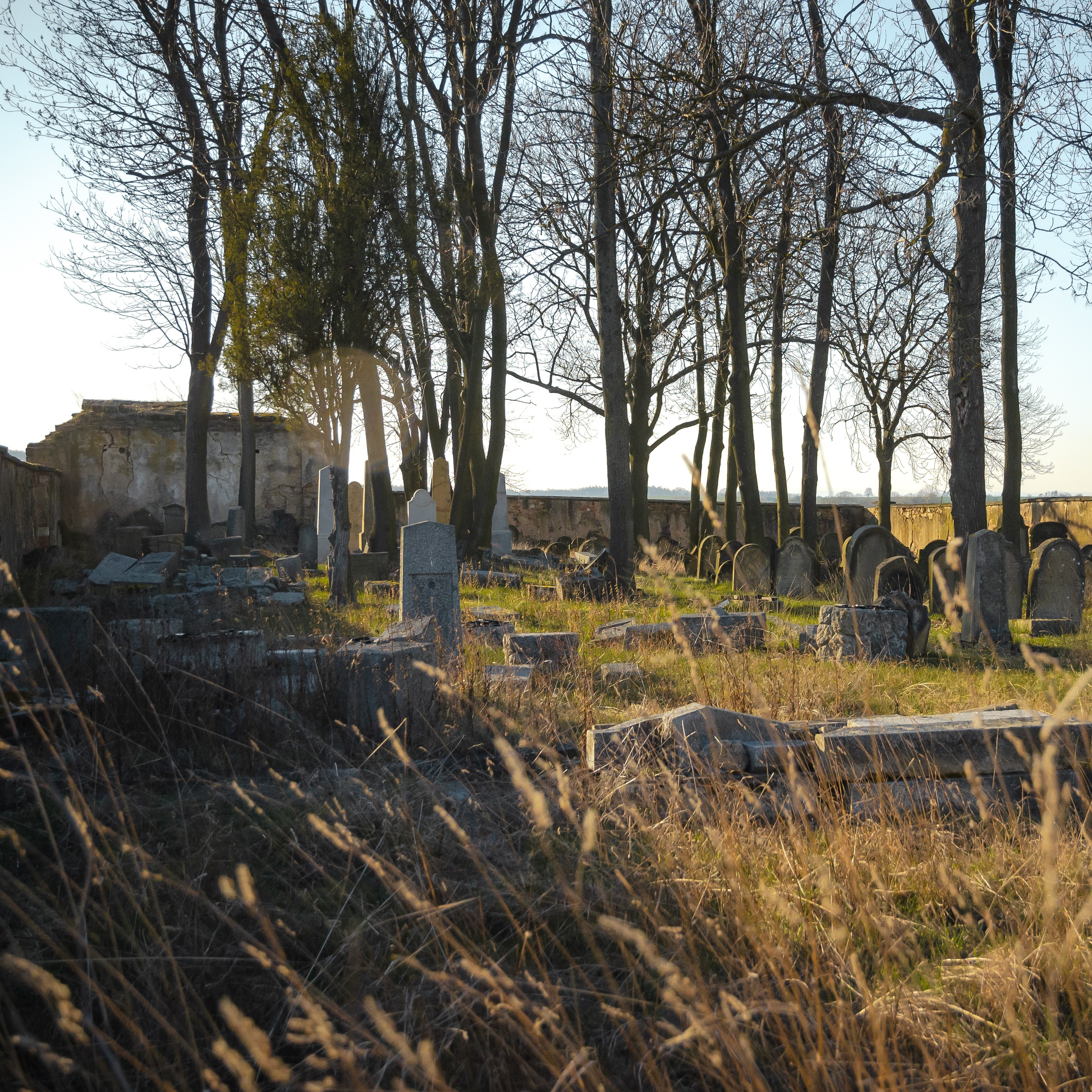
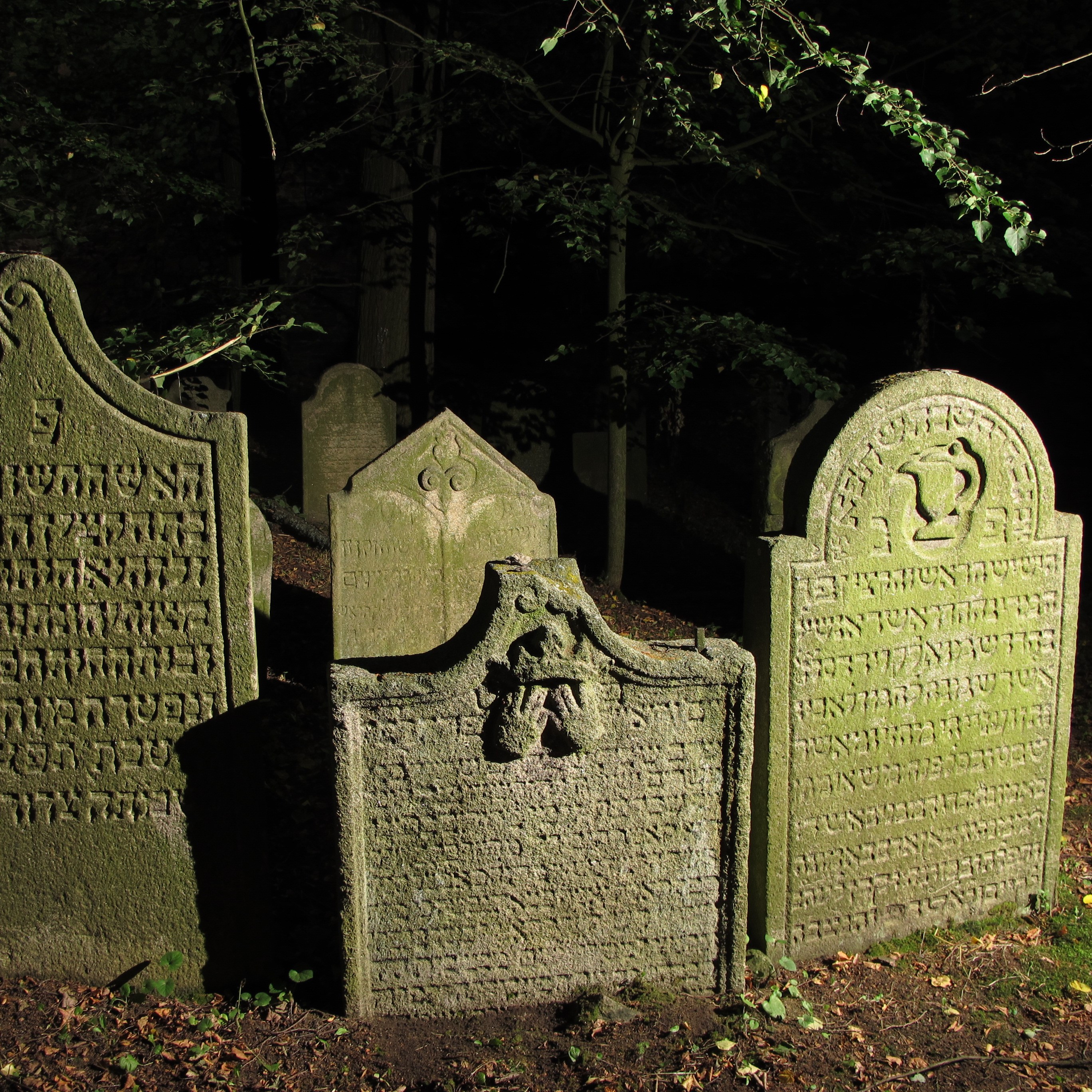
.JPG)
.jpg)
.JPG)
